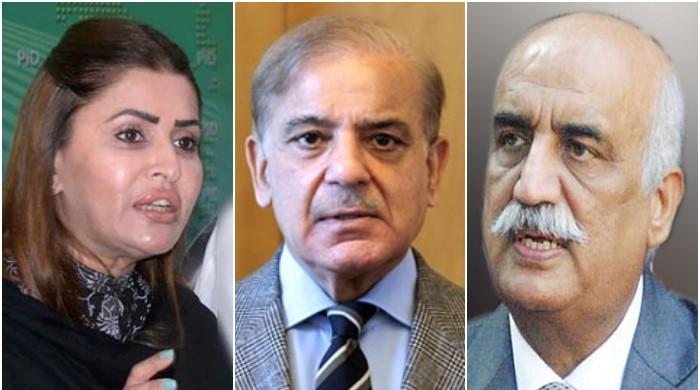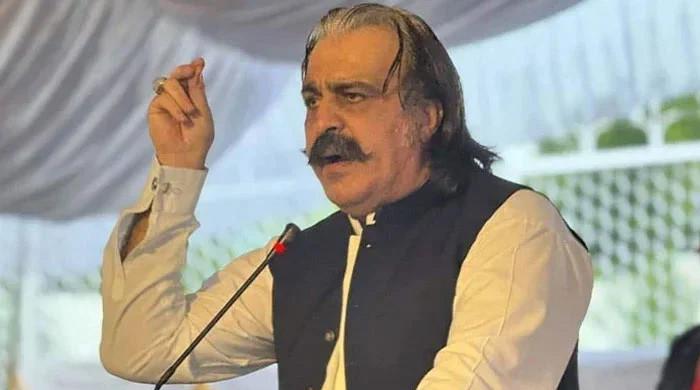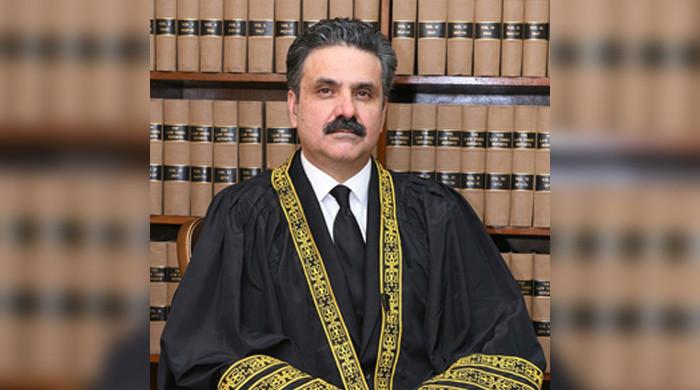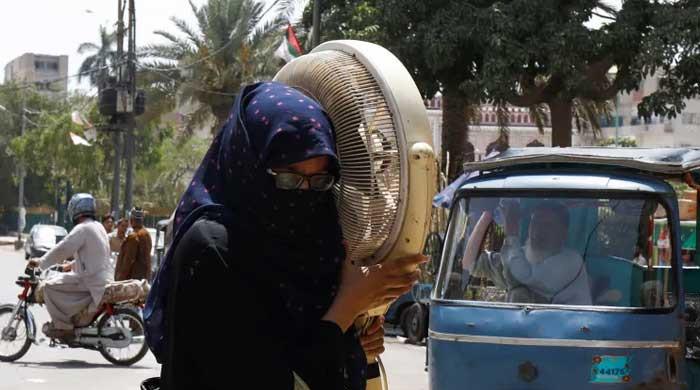Karachiites cautioned against rising temperatures in coming days
What to expect during the Karachi heat wave
April 11, 2017
KARACHI: More than a dozen hospitals, on Tuesday, set up heat stroke centres after the Pakistan Meteorological Department (PMD) forecasted high temperatures in the city for the next three days.
On Monday, the mercury surged to 40.5 degrees Celsius in the metropolis with forecasts of a further rise in the temperature in the coming days.
The Met Office said that Karachi, like other parts of the province, would experience hot to very hot weather on Tuesday and the maximum temperature could range between 41-42 degrees Celsius.
Talking to Geo News, head of Emergency Services at Jinnah Postgraduate Medical Centre Dr Seemin Jamali said, “We are well prepared this time. We have a fully equipped emergency ward to accommodate all emergency heat [stroke] patients. Similarly, our medical wards are also prepared.”
Heat exhaustion and lethargy are the primary symptoms of a heat stroke, according to Dr Jamali.
What you need to know to combat the rising temperature
A combination of high humidity and temperature makes it more difficult for the body to cool down and remove excess heat, resulting in symptoms of heatstroke such as nausea and dizziness.

Taking precautions such as avoiding outdoor activities during peak sun hours (11AM - 4PM) and increasing daily water intake can help the body to adapt better to the changing temperature conditions.

- LEAD Pakistan
According to the Provincial Disaster Management Authority (PDMA), those living in urban areas are more likely to be affected by rising temperatures as urban centres tend to become heat islands.
Last year, 65,000 people were treated at 50 rehabilitating centres in Karachi's most affected, and densely populated, areas.

- LEAD Pakistan
Pakistan's deadliest heat wave, in 2015, left 1,242 dead and 36,000 affected, mostly in Sindh when temperatures reached 49 degrees Celsius.











